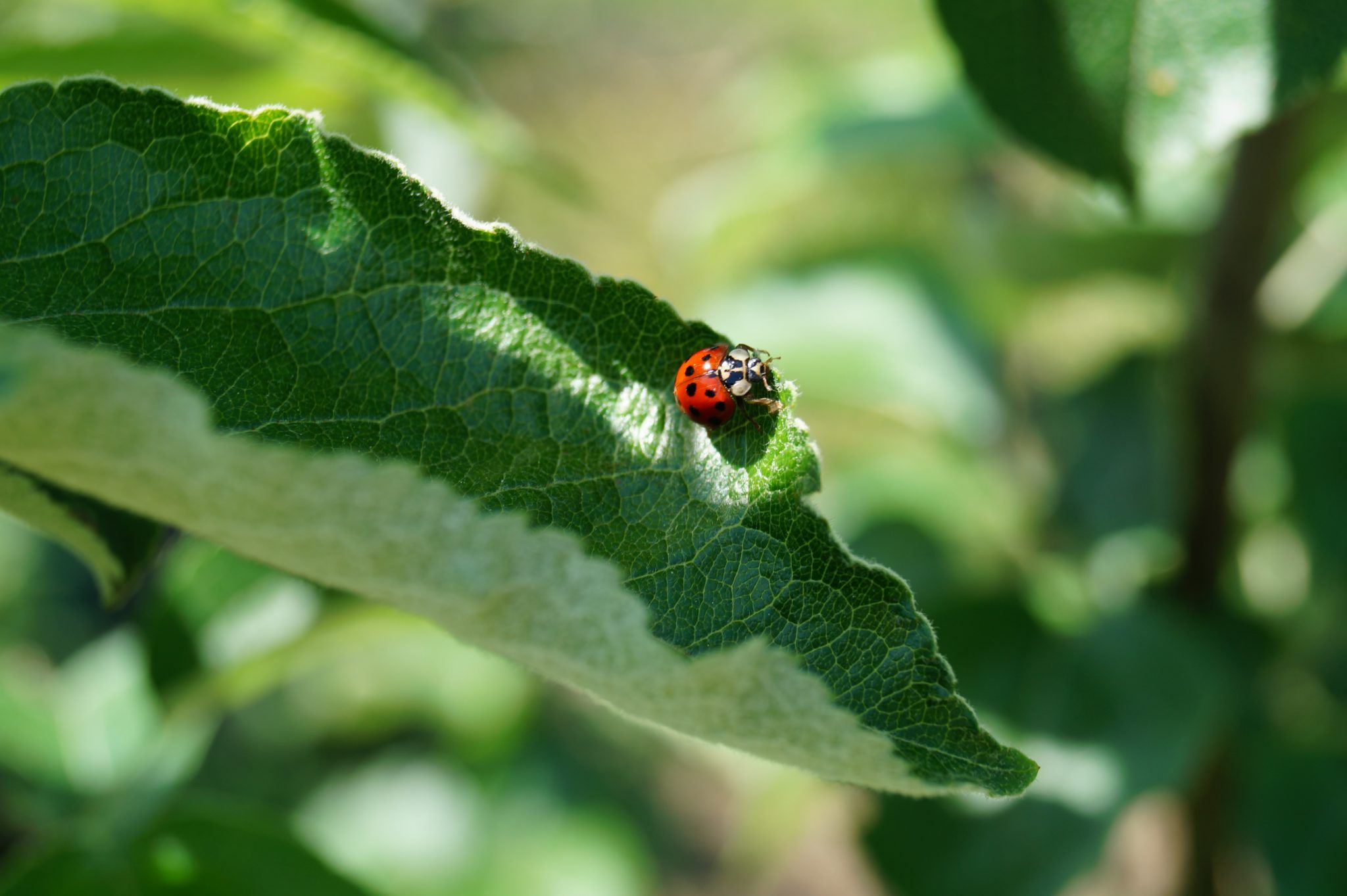By: Bennett Jordan, Ph.D., BCE, PCQI
In the midst of warm temperatures and summer activities, the last thing we want to think about is the coming winter season. As strange as this may sound, it is important to start thinking now about winter pest prevention. Insects and rodents known as overwintering pests are planning to use your facility to bear the cold months ahead. Overwintering insects can start to appear in late summer/early fall as temperatures begin to drop and daylight starts to decline.
Overwintering Insects
Multi-colored Asian lady beetles, brown marmorated stink bugs, cluster flies, and box elder bugs are among the most notorious insect offenders, due to the massive numbers that can overwinter together. Mated wasp queens do not overwinter in large numbers, but they are a notable common seasonal inhabitant. Once these overwintering pests are inside your facility, they can create issues either by invading occupied spaces, or by dying in voids and attracting secondary pests. Think back to previous fall seasons – did you notice any large accumulations of insects on the exterior of your facility? If so, you should expect a similar scene this year.
Potential Winter Rodents
Commensal rodents such as house mice, Norway rats, and roof rats are ever-present in and around structures year-round, but the warmth and attractive odors that seep from our buildings during winter create a greater attraction. These rodents do not hibernate, though they may become torpid in response to cold weather and reduced food availability. In areas with temperatures consistently below freezing, finding a winter refuge may be the difference between life and death.
Semi-commensal rodents, such as white-footed mice and deer mice, are not usually found in close association with humans but will make exceptions during late fall and winter. They are more likely to take up temporary residence in sheds, outbuildings and exterior storage areas instead of spaces that are consistently occupied by humans. Semi-commensal rodents tend to fly under the radar compared to their commensal counterparts. However, they can be extremely hazardous to human health by transmitting pathogens like hantavirus in their saliva, urine, and droppings.
How to Prevent Winter Pest Problems
The best defense against overwintering pests is an early offense. Preventing these pests from entering your facility is the strongest strategy because they can be hard to reach once inside. These pests readily exploit wall voids, attics, drop ceiling, and other hidden places. Applications of residual insecticides can be beneficial if they are timed properly, but exclusion is a more permanent solution.
Preventive efforts should focus on sealing exterior cracks, gaps, and holes and placing tight-fitting screens on pipes and vents. You should also check door sweeps and weather stripping on windows to make sure they are properly fitted.
Contact Copesan to Help Your Winter Pest Preparations
If you have questions about overwintering pests or would like to learn more about the programs Copesan offers, please contact us!

